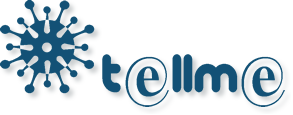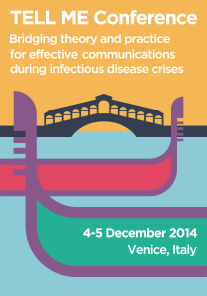D2.5 - New Social Media
Social media are transforming the world of communication. Their core principle is that users are not simple consumers anymore but can now contribute towards the collective body of information and knowledge. This is true also during a pandemic, when the collective attention of millions of persons is driven by the outbreak and its consequences.
This report analyses the social media phenomenon and aims to survey its past and potential uses during previous epidemics, both by general population and by institutions, showing how, so far, these uses have been often applied inconsistently.
The analysis demonstrates that social media may be a risk, because health organizations cannot control all the information available, but also an extraordinary opportunity. Communication occurring on social media platforms can alert about concerns or misinformation that are spreading amongst the population, thus allowing to prepare adequate answers to this need of information. Furthermore, social media also appears to encourage prosocial behaviour by compelling users to share useful information and resources with each other. This is an important asset for those involved in crisis communication since it can be used to promote protective behaviours.
It is thus crucial that healthcare authorities and organizations have a strong presence on the main social media platforms, in order to be included in the communication flow during a crises in the quickest and most effective way. Even if those institutions are not able to control all the contents shared on the web, they need to strengthen their online position to get in touch with public sentiment. This report provides strong evidence that the public rely on good quality information from ‘official’ sources to help cross-verify and make sense of the multitude of sources available on social media sites.
However, such a role within the online communities cannot be built during a crisis. Healthcare institutions should work ahead of time, acquiring key followers through which their role and messages may be amplified. Moreover, communication cannot be static and one-directional: healthcare professionals must be able to involve as many internet users as possible and should actively address people’s needs. Also, the decentralized and ephemeral nature of the information flow over the web implies that communication plans must adapt to the community’s variable information requirements, which my change from hour to hour.
Read the document online:
D2.5 - New Social Media


